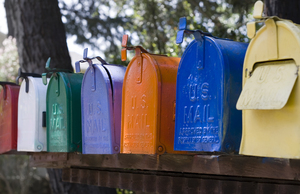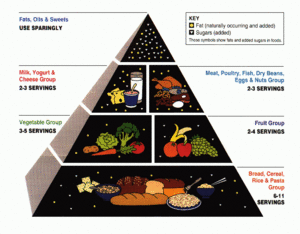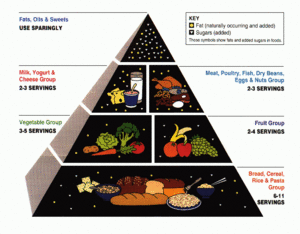Back in college, I lived in a mobile home for a spell and grew a lot of my own food crops to make ends meet. Although my lot was rather pint-sized, I still managed to grow enough vegetables to keep us well supplied in fresh produce through the summer and into the early fall.
Vegetable gardening doesn’t have to take up a lot of room. And, even if you live in a mobile home on a postage stamp sized lot, it’s still possible to grow food for your family. All it takes is a bit of creative thinking, and looking at the best way to maximize the lot.
Look for the sun
Most vegetable and fruit plants need at least 6 hours of sunlight in a day to produce. As you walk around your mobile home lot, look for areas that receive this kind of light. South facing, southeast or southwest facing walls of course are the best.
Preparing the vegetable plots
Once you’ve located a nice sunny location, it’s time to prepare the soil. If your mobile home sits on a grassy lot, pull away all the grass or weeds within two feet of the foundation. Other areas to prepare might include around the patio pad or parking areas. You can even hang baskets from the eaves of the mobile home for compact vegetables.
After the weeds have been pulled and the rocks removed, the soil should be turned over with a space. This loosens the packed soil and lets you stir in composted manure to improve the texture and nutritional content of the soil.
Planting the vegetables
All that’s left now is to plant those vegetable seeds in the ground or containers and water them regularly. The seed packets themselves have the instructions written on the back which describe how deep to plant the seeds and how far apart they should spaced. Once the vegetable seedlings have reached a couple of inches in height, then the vegetable bed should be covered with a two inch layer of mulch. Mulch helps keep down the weeds and slows down the evaporation of water. For mulch, newspapers covered with grass clippings works amazingly well.
What type of vegetables work best?
The type of vegetable to plant in your mobile home garden really depends on your food preferences. With time and experience, you’ll quickly learn what works, what doesn’t, and how to stagger for optimal yield.
If you need some ideals, here’s how I maximized my vegetable growing space around my mobile home:
* A hedge of tomatoes, onions, and peppers were planted around my patio. Beneath these vegetable plants, were scattered small “root” type plants such as onions, leeks, and radishes.
* Strawberry plants flanked both sides of the driveway.
* Herbs and salad greens were planted in hanging baskets
* The south side of the mobile home was planted in a Native American technique called “Three Sisters.” The Three Sisters are a combination of corn, pole beans, and squashes. (While the Native Americans often planted pumpkins, a modern gardener can substitute cucumbers, melons, and all types of winter and summer squashes). Three Sisters maximizes a growing space with each crop helping to support the other. The squashes shade the ground and act as mulch, the beans can climb up the corn, and the corn casts shade on the south side of the mobile home which helps keep it cool.
Growing vegetables really isn’t that hard and requires a lot less room than you might imagine. With these ideas, you should be able to supply your family with fresh vegetables as well, even when your garden plot is limited to a tiny mobile home site.






